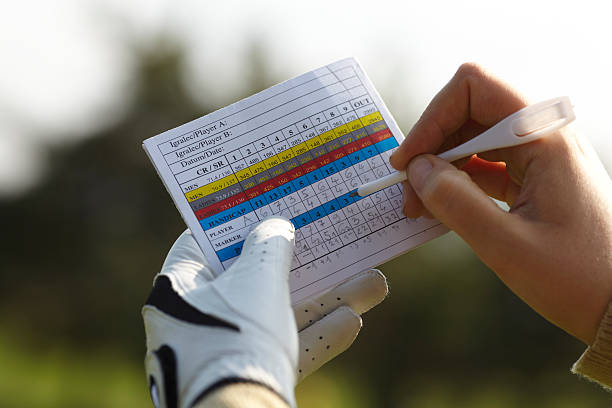Many golfers wonder: “What is my handicap if I shoot 90?” Fortunately, there is a simple way to determine your handicap. Typically, golf courses have a par of around 70-72. That means that any score within that range is considered a good score. Statistics from the National Golf Foundation show that twenty-six percent of golfers break 90. But 45 percent of all players average more than one hundred strokes per round. According to TOURCaddie, the average amateur (eight to ninety) makes 1.72 putts per hole and requires 31 strokes to make a par. This figure is based on the fact that amateurs make up about 30 to 40 percent of all rounds of golf.
What Is a Handicap?
Your golf handicap is a number you get after you play at least ten rounds on a course. A golfer with a handicap of eighty-seven is a beginner. A player who hasn’t played at least one full round will have a handicap score of ninety-two. It means that a player with a handicap of ninety can play against any golfer on the course.
This formula calculates a golfer’s handicap index by adding the average of the ten highest differential scores on a course. That means the average of the last 20 scores on the same course will be used to calculate their overall handicap. Then, by multiplying the ten lowest differentials by each other, their GHIN will be determined. The GHIN system will remove any outliers.
What Is the Average Golf Handicap?
The average golf handicap in the USGA system is eighteen. This number refers to a golfer’s maximum score on a hole. If you make a bogey, its score is based on par plus two strokes. The vast majority of golfers in the US can make more than a hundred shots, making it the ideal golf handicap for the average person. This number is a guideline only, and it’s best to know your scores before you try to figure out how to find out yours.
Golfers’ handicaps decrease as their scores improve. A player with a handicap of 18 shoots eighty-two over par, and a player who shoots 90 over par is eighteen strokes worse than a person with a handicap of eighty-two. Consequently, a person with a handicap of eighteen has an average of nine strokes per hole, and the higher their score, the lower their handicap.
Track Your Scores
As a golfer, your handicap can fluctuate from month to month. It’s best to keep track of your scores and note them on a sheet or notebook. If you’re shooting a nine-hole average, you will have a handicap of eighteen, which means your maximum score on the hole is par plus two strokes (double bogey) and any additional strokes based on your course’s handicap.

What Is My Handicap If I Shoot 90?
For a beginner, the first step in determining their handicap is to record every score you make. A high score will give you a high handicap; a low score will decrease it. A high handicap is also considered an inferior score. If a golfer has a low handicap, it is best to shoot at least a half-handicap. You’re still very competitive if you shoot at least a dozen strokes lower than the par.
How to Determine Your Handicap?
To determine your handicap, you need to know what it means to shoot 90. It is the average score in golf, but there are exceptions. For example, a person with a handicap of eighteen may shoot a bogey on a par-72 course. A player with a handicap of ninety is considered a “bogey.” A score of ninety-two is a high handicap, but a low handicap would be anything above that.
It is important to note that a golfer’s handicap decreases over time. If a player shoots 90 on a par-72 course, their handicap is eighteen. A ninety-two score on a par-72 course is considered a par, equal to a score of two strokes (double-bogey). A player with a handicap of eighty-two on a par-72 course is likely to have an eighty-two handicap.

